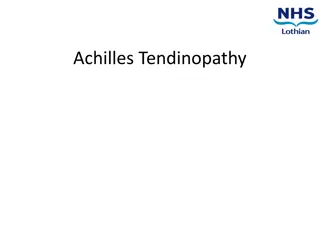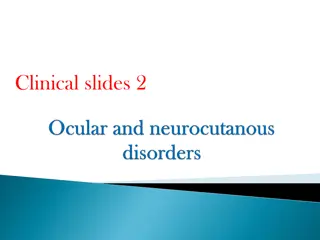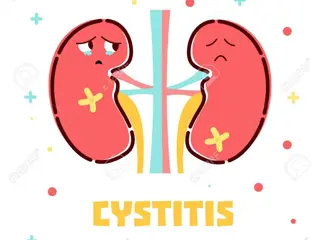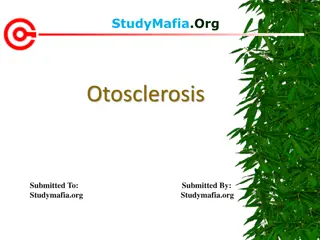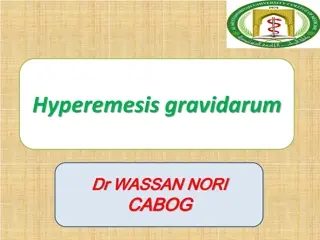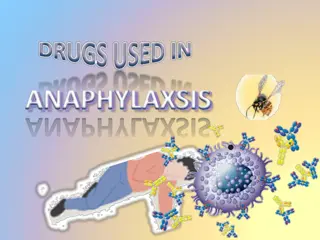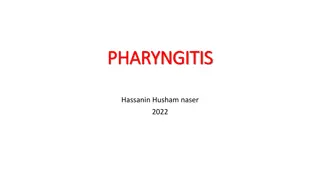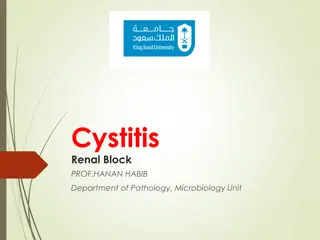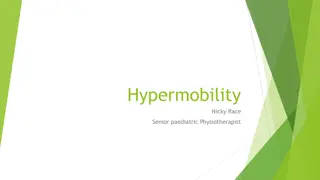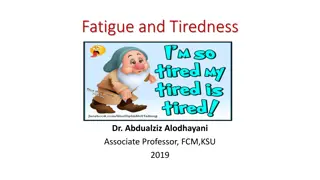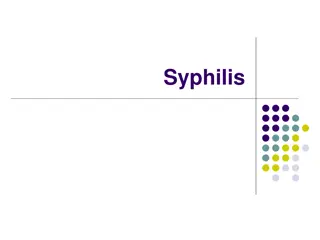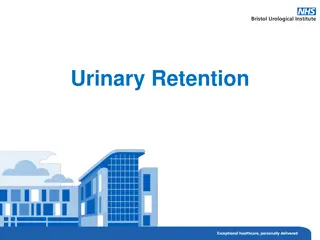Understanding Morton's Neuroma: Causes, Symptoms, and Management
Morton's Neuroma is a painful condition affecting the nerves in the front of the foot, commonly caused by factors like tight calf muscles, inappropriate footwear, and toe deformities. Symptoms include altered sensation and various types of pain. Diagnosis involves a physical examination, and management may include lifestyle changes, painkillers, and podiatry.
Download Presentation

Please find below an Image/Link to download the presentation.
The content on the website is provided AS IS for your information and personal use only. It may not be sold, licensed, or shared on other websites without obtaining consent from the author. Download presentation by click this link. If you encounter any issues during the download, it is possible that the publisher has removed the file from their server.
E N D
Presentation Transcript
Contents 1. What is Morton s Neuroma? 2. What are the causes? 3. What are the symptoms? 4. How is it diagnosed? 5. What is the management? 6. How can I manage it?
What is Mortons Neuroma? Mortons Neuroma is a condition characterised by pain from one or more of the small nerves found in the front of the foot, between the bones at the base of the toes. Toes 3-4 are most frequently affected followed by toes 2-3.
What are the causes What are the causes? Various factors are believed to play a role in the development of Mortons Neuroma such as: Tight calf muscles. Inappropriate footwear (ill fitting, narrow shoes & high heels). Toe deformities e.g. Bunions, hammer toes. Previous surgery or trauma. High impact activity e.g. Running Mainly affects middle-aged adults. Much higher incidence in females (4:1 ratio compared to men).
What are the symptoms? Common symptoms of Mortons Neuroma include: Altered sensation such as a feeling of walking on a pebble or stone and feeling of sock being wrinkled/scrunched up in shoe. Patients often describe their pain as a combination of the following: burning, stinging, shooting, pins and needles, shooting, electric shocks, tingling or sharp. Usually aggravated when bearing weight, wearing ill fitting footwear or under barefoot conditions.
How is it diagnosed? An appropriate healthcare professional will discuss your foot symptoms and enquire about your general health. A physical examination of your foot will be carried out to assess your movement, response to particular tests and level of pain. A Morton s Neuroma can be clinically diagnosed. Further imaging may be required to exclude other conditions or when being considered for surgery.
What is the management? The condition may settle on it s over time. Many patients are happy to let nature take its course, whilst managing their symptoms with painkillers/anti-inflammatory medication or other non-invasive treatments such as: Lifestyle and health changes Cold compress Rest and immobilisation, as required Self directed exercises Podiatry
Lifestyle & Health Changes Maintaining a healthy diet and weight Getting regular physical activity as per guidelines Getting 7-9 hours of quality sleep per night Reducing alcohol intake Quit smoking Not all of these recommendations will be relevant to everyone, but these are important factors to consider to optimise your outcome. Click this link for more information and support options
How can I manage it? Application of ice to control the pain/discomfort. Wearing appropriate footwear that fit your feet well. Rest/immobilisation/activity modification, as required - Short periods of rest can be useful to control your symptoms. - Changing to an activity that causes less impact to the foot e.g. Swimming. Simple pain relief or anti-inflammatory medication - Consult your GP or Pharmacist Self directed exercises - Specific foot and/or calf exercises can
Physiotherapy Podiatry Through a thorough examination, a Podiatrist can : Help you establish what may be causing your pain Provide you with an individualised treatment plan to resolve symptoms. This may include: - Advice on footwear and activity modification. - Foot orthoses/insoles - Calf and foot exercises. Advise and arrange further investigation, if required
More Invasive Management Options In some cases symptoms may persist and more invasive treatments may be required/requested by you, as the patient: Corticosteroid injection Surgery
Injection Corticosteroid injections - Steroid injections may help with pain relief by reducing the swelling/inflammation around the nerve. - Not everyone experiences a positive result with steroid injections.
Surgery Surgery is only required if the pain and symptoms are unable to be controlled by more conservative methods, as described above.






